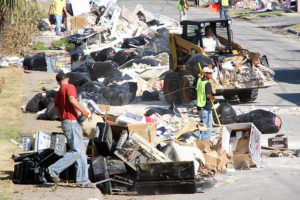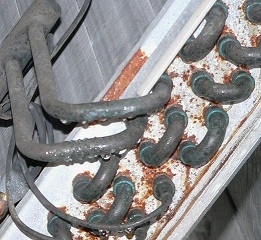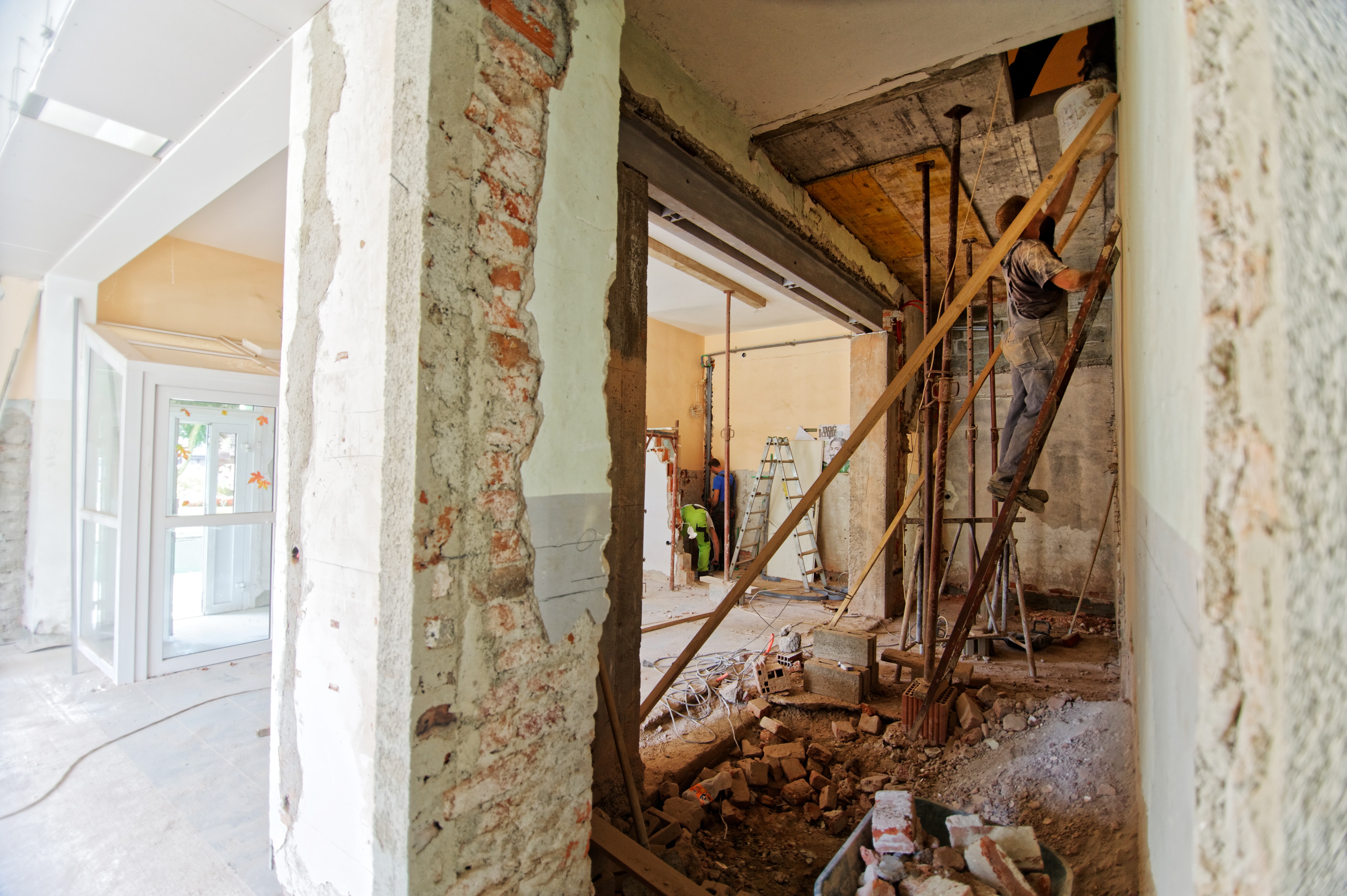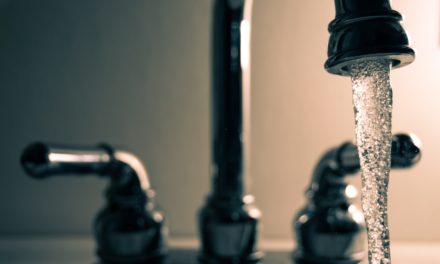Congress asked the U.S. Government Accountability Office (GAO) to “review alternative methods of providing relief from damage associated with defective drywall.”[1] On July 31, 2013, GAO released a report providing an overview of the problem, summarizing available data about reimbursements that affected homeowners have received and considering other efforts undertaken to help homeowners affected by defective drywall.
For those not familiar with the issue, the need to rebuild homes damaged by hurricanes that struck the southeast and Gulf Coast regions of the United States from 2004 through 2008, combined with new home construction during the mid-decade housing boom, created a shortage of American drywall. To satisfy demand, some construction companies began importing foreign drywall. In 2008, the U.S. Consumer Product Safety Commission (CPSC) was notified of high levels of hydrogen sulfide emissions in some drywall imported from China. The emissions often cause a “rotten egg” smell and corrode metal surfaces, sometimes leading to intermittent operation or failure of appliances (copper electrical wiring and air conditioning evaporator coils are commonly affected). They may also trigger symptoms in residents such as irritated and itchy eyes and skin, difficulty breathing, persistent cough, bloody noses, runny noses, recurrent headaches, sinus infections, and asthma attacks.

Damaged drywall and other debris being cleaned up after Hurricane Ike, courtesy of FEMA.
Although the term “Chinese drywall” is commonly used, we prefer to use the term “defective drywall” because not all Chinese drywall is problematic, and there have been reports that some domestic drywall may have similar problems.[2] [3] [4] At the request of CBS News, scientist Tim Townsend and a team of researchers at the University of Florida tested random samples of new American drywall, new Chinese drywall, and drywall from five damaged U.S. homes. The contaminated Chinese samples from damaged homes gave off high levels of sulfur gases, but all but one of the U.S. samples emitted sulfur gases as well, just not at high levels. According to Townsend, some of the American products tested had higher emissions than some of the new Chinese products tested.[5]
From 2008 through 2013, CPSC received over 4,000 complaints of defective drywall, with reports peaking between 2009 and 2010 and then steadily decreasing. CPSC received reports of defective drywall from 44 states, the District of Columbia, American Samoa, and Puerto Rico, with the majority (86%) received from consumers in the Gulf Coast states, including Florida, Louisiana, Mississippi, and Alabama. The actual number of affected homes is unknown but likely greater than the number of reports received so far.[1] New reports are still trickling in, and because most states don’t yet have specific laws about disclosure of defective drywall, and particularly for foreclosed properties, the seller may not even be aware of the problem, buyers in the most affected region should be particularly cautious.

In response to these complaints, in 2009 the Federal Interagency Task Force on Problem Drywall was created to study issues such as identification and remediation of defective drywall, with CPSC serving as the lead agency.[6]That same year, CPSC tested 41 complaint homes and 10 noncomplaint homes in the southeast United States to determine common signs of defective drywall. In January 2010, CPSC and HUD issued identification guidance to assist in verifying whether a home is affected by defective drywall. In April 2010, the agencies issued remediation guidance to address the emission of corrosive sulfur gases. The guidance recommended eliminating the source of the corrosion—the defective drywall—and replacing components for safety systems, such as smoke alarms, that may be impaired by drywall-induced corrosion.[1] [4]
This post has primarily provided an overview of the scope of the defective drywall fiasco. In our next post, we’ll discuss the financial effects and some of the attempts to help affected homeowners.
______________________________________________________________________
1. U.S. Government Accountability Office. 2013. GAO-13-735R Information on Defective Drywall. July 31, 2013. Accessed at http://www.gao.gov/products/GAO-13-735R.






Recent Comments